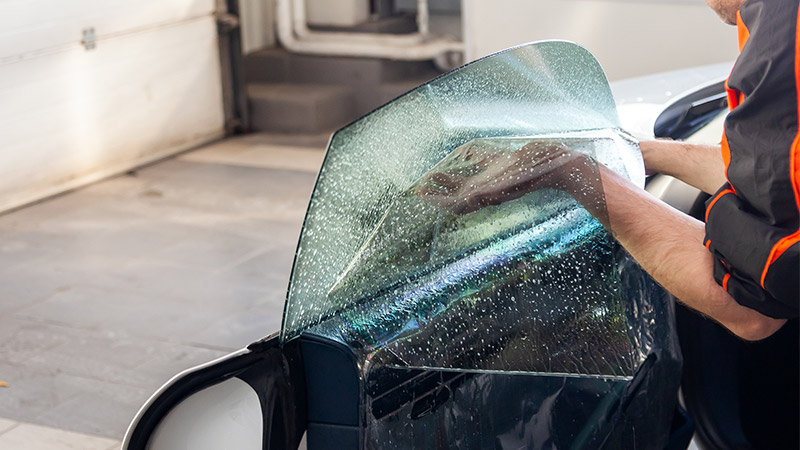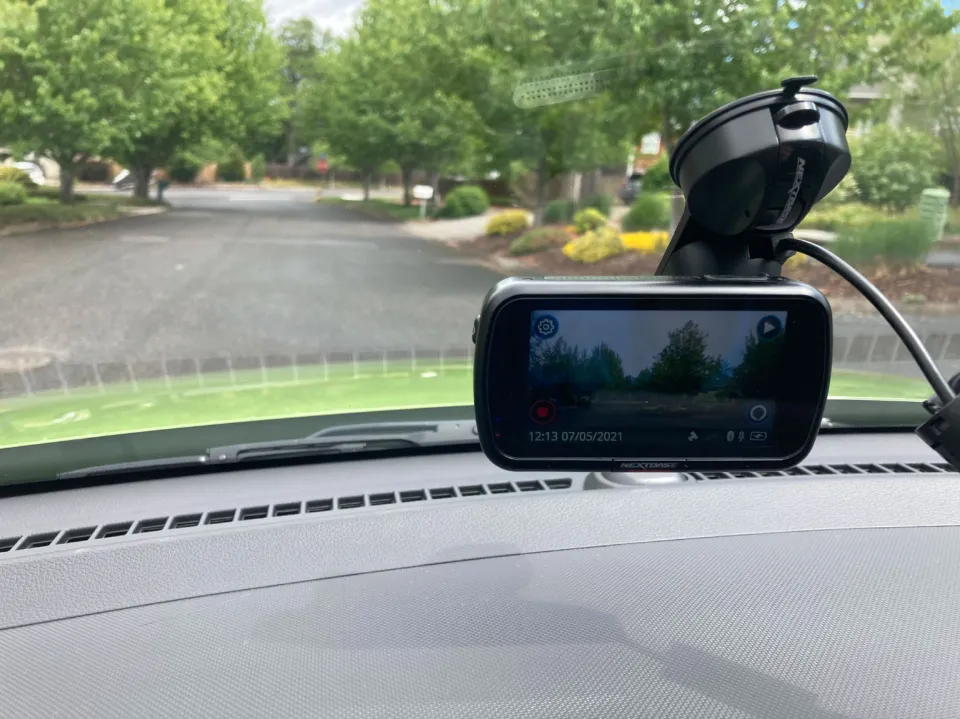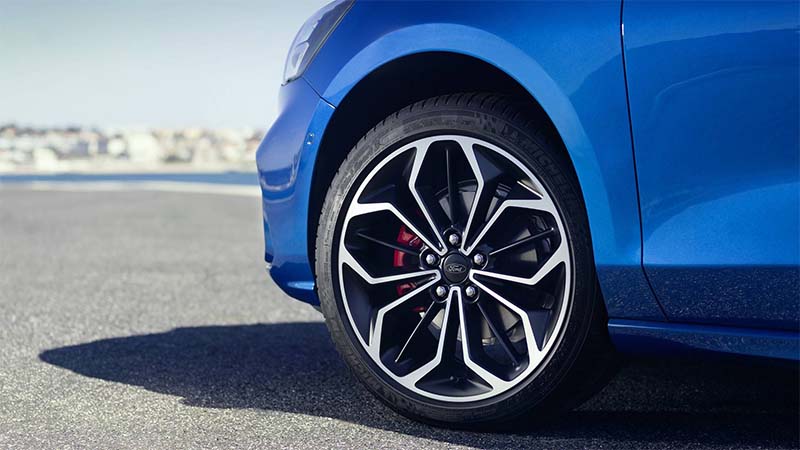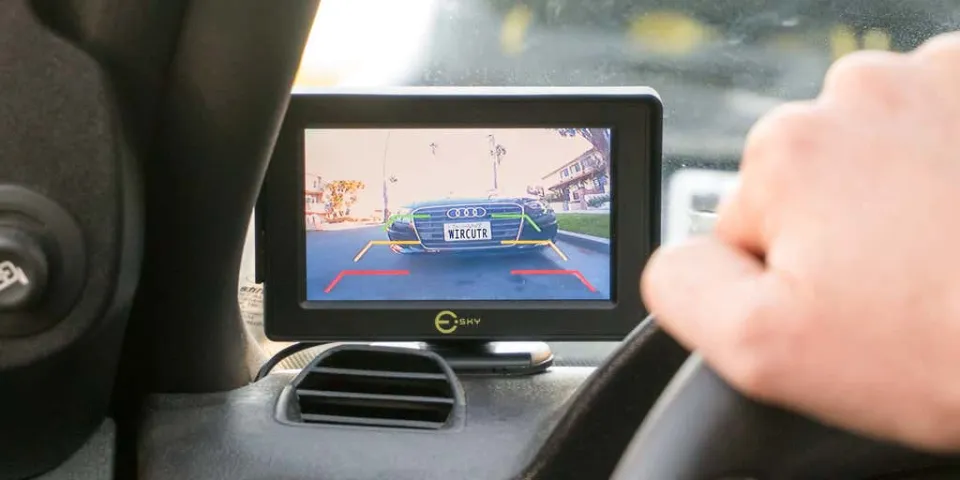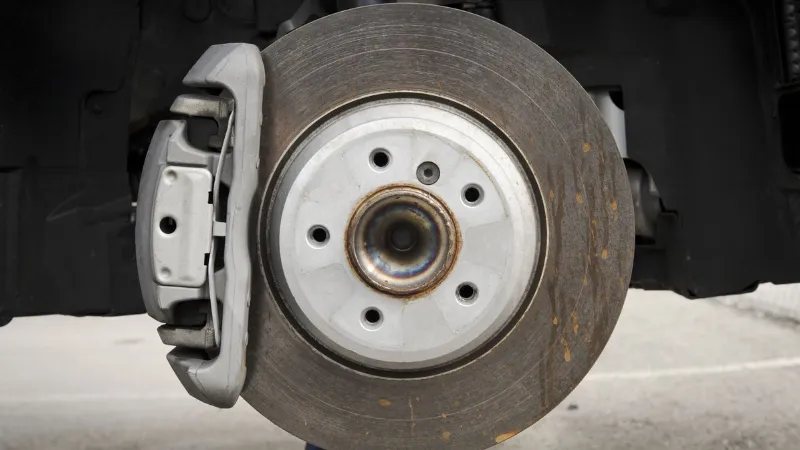Tinted car windows block the ultraviolet sunlight rays that can harm your skin. Even though tinting takes a lot of time and effort, most people can tint their own windows with just a few simple tools. So, how to tint car windows?
Prepare tools, prepare the windows, size the windows, and apply the film. Please read on.
Tools You’ll Need
How to tint car windows? You have two options: either gather the tools and materials listed below or buy a window tint installation kit.
- Choose the window film.
- Water that has been soapy is in a spray bottle.
- A 4-liter bucket of water mixed with four tablespoons of liquid detergent.
- A razor blade scraper and a pack of razor blades.
- Silicone squeegee.
- Soft cloth or towel made of microfiber.
- Tint applicator.
- Knife with replaceable blades that is precision-made.
- Heat gun.
- Vacuum Cleaner
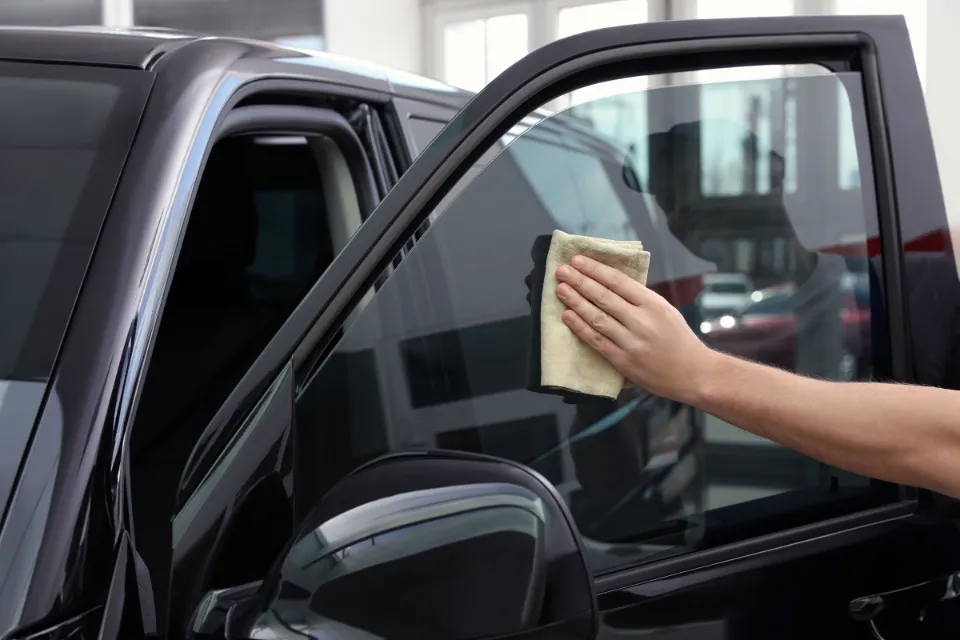
How to Tint Car Windows?
Here is an easy step-by-step guide on how to tint car windows:
Prepare the Windows
Your windows should be cleaned in the first step to get rid of any grease, grime, or dirt on them. Here’s how to start:
- If any dirt or debris is present inside the car that might adhere to the freshly cleaned windows, use the vacuum to remove it.
- Spray the soapy water on the exterior and interior of the window glass while keeping the windows of your car closed.
- Rub the glass gently to get rid of any last bits of grime using a scrub or a soft cloth.
- Use water to rinse the sudsy substance.
- Pick your razor scraper and remove remnants like grime, old stickers, or any other substance sticking to the window.
- Spend some time cleaning all of the trim, gaskets, deals, and any other areas where dirt might be hiding.
- Dry the glass with a squeegee or a microfiber towel.
- Wrap a soft cloth around the squeegee to dry window seals and trim.
Use caution when using commercial glass cleaners because they often contain ammonia, which can react with tint films and cause discoloration.

Size Your Vehicle Windows
- Take the film and stick it to the passenger front-side window without taking off the adhesive liner.
- Spray some soapy water on the window’s exterior glass.
- Place the tint on the window and cover the outside of the window while leaving the overhang.
- Remove the piece of film that was measured with care.
- Gently press the film to the window. The window film will adhere better to the glass thanks to the soapy water you sprayed.
- Leaving at least three inches overlapping the glass, cut the film into a square.
- To straighten the film, use a tint squeegee.
- While holding the tint with one hand, use your other hand to start cutting the film.
- Cut from the window seal to the back using your precision knife.
- Pull the film back until there is a half-inch gap between it and the back window.
- Trim the window area next to the side view mirror now.
- You will have a half-inch overlap of extra film on each side of the window if you center the trimmed film.
- Gently pull the film down until it’s one inch lower than the bottom of your vehicle’s window.
- The top of the glass should serve as your guide when trimming the extra film. Lower the window by one inch.
- While leaving the bottom inch of the film untrimmed, carefully cut any extra film over the front or back of the glass.
- To determine if additional trimming is necessary, raise the window and center your film.
- Use a squeegee to smooth out any wrinkles.
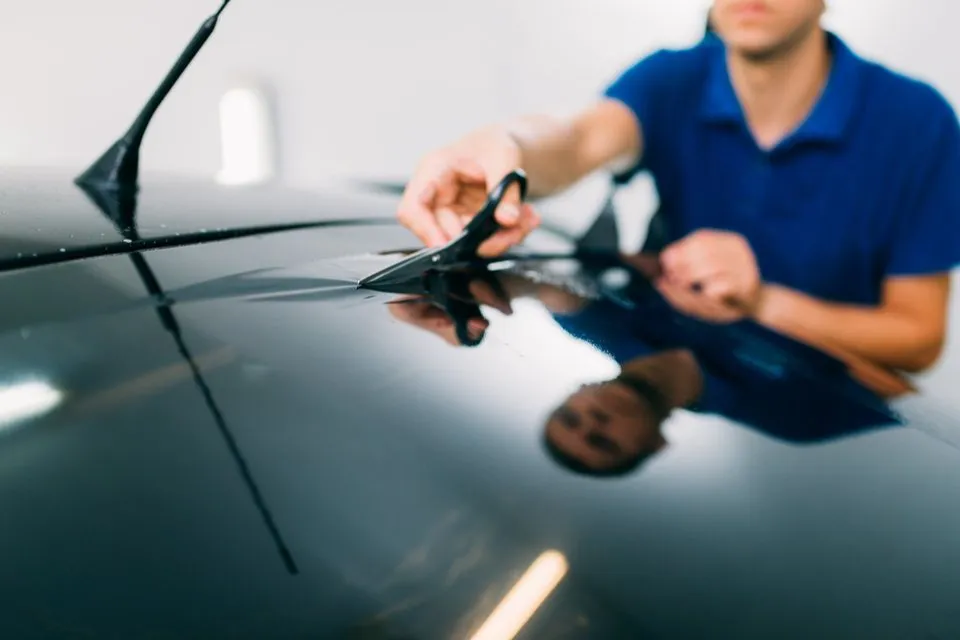
Apply the Film
- As you clean the exterior of the windows, clean the interior as well. To avoid the formation of air bubbles, make sure all dirt is removed.
- Onto the glass, spray the soapy water.
- By removing the adhesive liner, you can see the film’s sticky side.
- Apply the adhesive side of the window’s inner side of the tint film with caution now.
- More spray will be needed to effectively slide the film into place.
- Any bubbles or water that is still underneath the film should be removed using a tint squeegee.
- Utilizing the tint applicator, tuck the film’s edges into the window seals.
- Because the tint film may tear while being adjusted, keep the film damp.
- Use a soft cloth to dry the film after it has been applied and the bubbles have been removed.
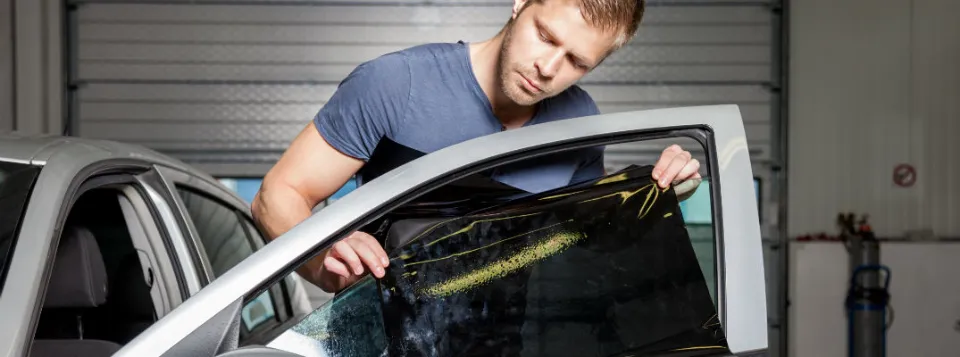
Things to Consider When Choosing Window Tint
Before deciding on the type and VLT percentage, consider your motivation, safety, and most importantly, the tint laws of your state.
- When driving, especially at night, windows that are too dark can affect your visibility.
- Blocking UV rays and IR light extends the life of seats, carpets, dash pad and trim.
- Cooler interiors use less air conditioning, improving fuel economy.
- Tinted windows can improve the appeal and appearance of your vehicle.
- Windows with tinting increase privacy.
What Are Tinted Windows?
When we say tinted windows, we’re referring to a process that involves applying a transparent sheet of darkened film to your vehicle’s windows. The purpose of tinting windows, at least as it’s described in the “I’m not doing anything shady” handbook, is to reduce the amount of light and heat that enters the vehicle. Some people do it to give their cars a mysterious, cool look, while others do it to give their cars an additional layer of privacy.
There is factory window tinting options for minivans, SUVs, wagons, and even some pickup trucks. In these cases, the tint is usually restricted to the rear windows of the vehicle, which prevents the driver from having an obstructed view.
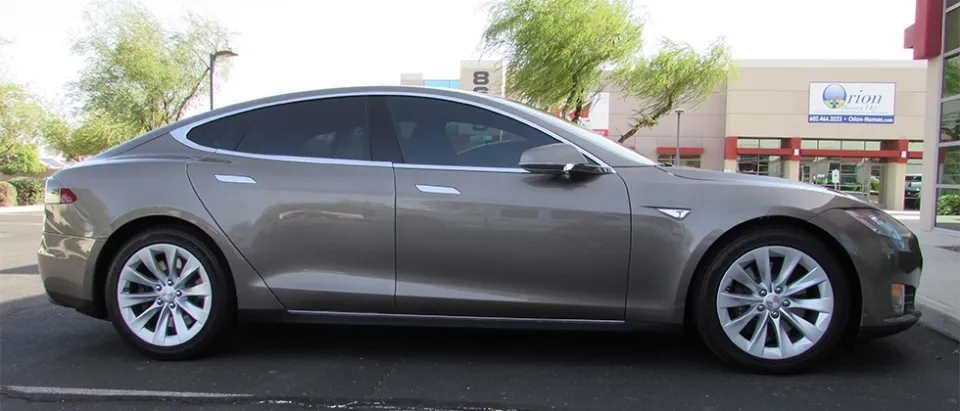
What Are the Different Types of Window Tints?
There are numerous types, each with unique features, traits, and qualities.
- Dyed: Generally used for aesthetics and privacy.
- Metalized: Contains metallic particles that reflect heat and ultraviolet rays.
- Hybrid: Combines the best characteristics of dyed and metalized tints.
- Carbon: Micro layers of polymer and carbon reduce UV and IR.
- Ceramic: the most cutting-edge and best-quality tint currently on the market.
Window Tinting Safety
Tinting windows at home is a low-risk activity, but there are a few opportunities to take a utility knife to the knuckles along the way. Cut slowly and deliberately, pushing the knife away from your body. Don’t cut hastily or carelessly. Your window tint won’t be the only thing suffering if you slip up.
Additionally, a significant amount of soap and water are used in the tinting process, which should, for obvious reasons, not get in your eyes, ears, nose, mouth, or anywhere else dish soap shouldn’t go. Additionally, it’s crucial to avoid spraying the interior glass with so much water that it rolls into the door, damaging electronic components like window switches and speakers.
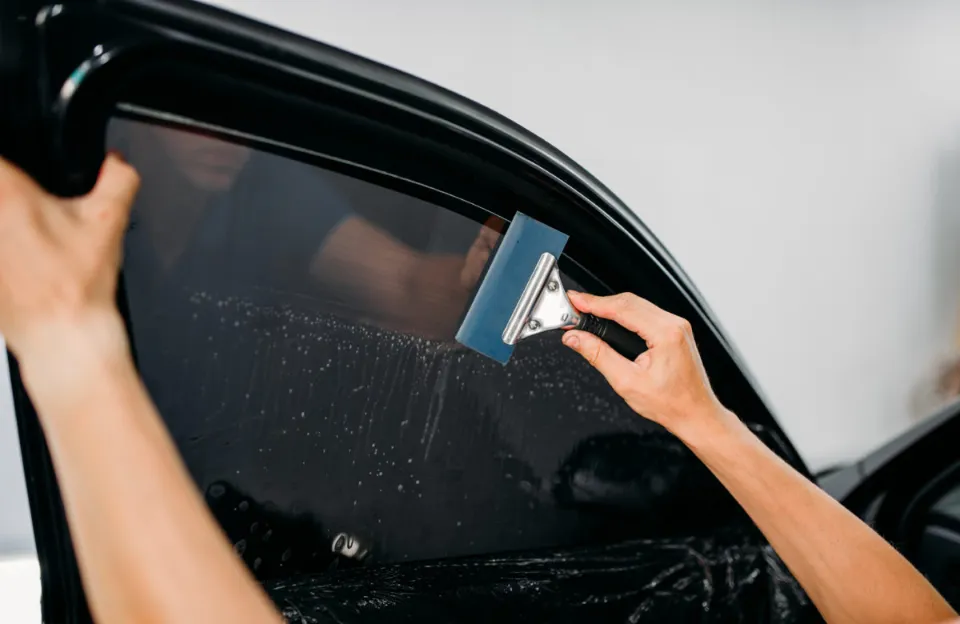
FAQs on How to Tint Car Windows
Is the Tint Applied on the Outside of the Window?
No. In most cases, window film is installed on the inside of the glass. This enables maximum durability.
How Does Tint Stick to a Window?
The window film has an adhesive layer that is protected by a clear liner. After removing the liner, we use our soapy water solution to moisten the adhesive. Once the product is on the glass, we squeegee it. The film can be applied to the glass without creating any air pockets thanks to the water.
How Long Does Car Tint Take to Dry?
During the summer, the sun will help your vehicle’s film cure (or dry) within two to four days of a window tint. But if you get this service in the winter, you might have to wait three to four weeks before your car’s window tint completely dries.
Summary: How to Tint Car Windows?
So, how to tint car windows? Prepare tools, prepare the windows, size the windows, and apply the film.
If you have any questions, please leave a comment. KV Auto tries to give you the best car industry information. Don’t forget to share the post. Thank you for reading.
You may want to know:

